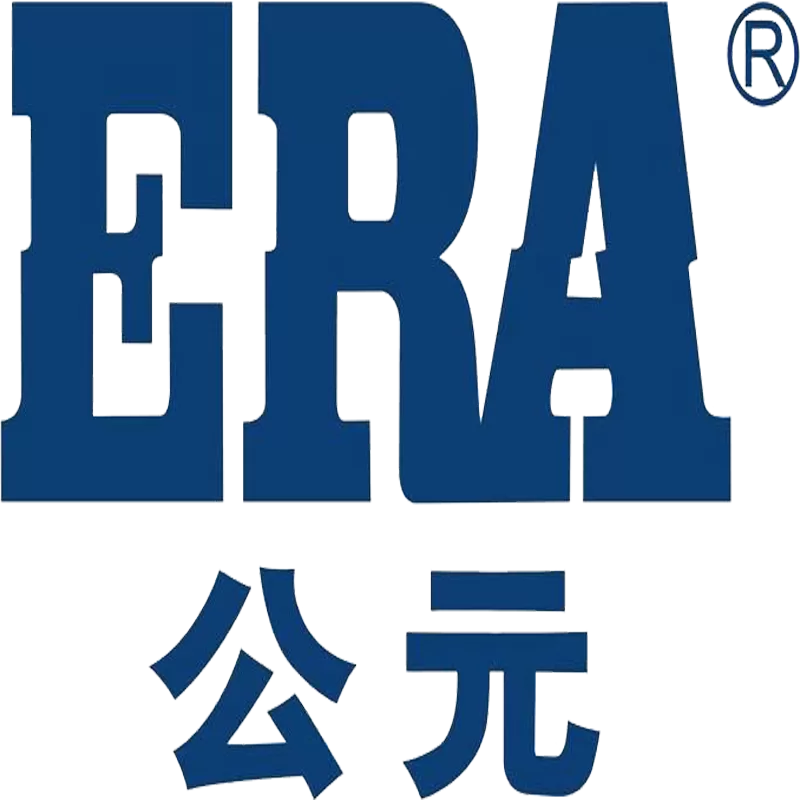In municipal engineering, water supply and drainage systems and other projects, the choice of pipeline materials directly affects the quality of the project and long-term economic benefits. Traditional steel pipe and new PE (polyethylene) carat pipe are common options, but the two have significant differences in cost structure, service life and maintenance requirements. This paper analyzes which material is more economical from the perspective of full life cycle cost.
First, the initial investment comparison
steel pipe raw material prices are greatly affected by fluctuations in the steel market, and higher weight leads to increased transportation and hoisting costs. The welding process is complicated, professional technicians are required to operate, and labor costs are high. As a polymer material, PE carat pipe is light in weight, flexible, and efficient in transportation and on-site handling. Adopting socket type electrofusion connection, the construction speed is fast, the manual technical requirements are low, and the overall initial investment is usually 15% -30% lower than that of steel pipe.
Second, Maintenance and Durability Analysis The biggest disadvantage of
steel pipe is that it is easy to corrode. Even with anti-corrosion coating or cathodic protection, chemical or electrochemical corrosion may still occur in humid, acid-alkali soil environment. Regular inspection, maintenance and even replacement of local pipe sections are required, and maintenance costs accumulate year by year. In contrast, PE carat pipe, its material itself is resistant to acid and alkali, electrochemical corrosion, and no additional anti-corrosion treatment is required. The inner wall is smooth and not easy to scale, the long-term water capacity retention rate is high, and the daily maintenance demand is extremely low.
III. Life and long-term economic benefits
The design life of steel pipe is usually 20-30 years, and it may be shorter due to corrosion problems in actual use. PE carat pipe has strong aging resistance, and the design life can reach more than 50 years, and there is almost no need for large-scale maintenance throughout the life cycle. Converted to the average annual cost, the advantages of PE carat pipe are more obvious - although the single investment may be close to or even slightly higher than the steel pipe (depending on the diameter and pressure grade), but the hidden costs such as anti-corrosion, replacement and shutdown maintenance are omitted, which makes its long-term economy significantly improved.
IV. Suggestions for applicable scenarios
For projects that require high anti-corrosion, flexibility and rapid construction, such as trenchless engineering, chemical fluid transportation, and earthquake-prone areas, PE carat pipe is almost the best solution. In the environment of ultra-high pressure, high temperature or special mechanical impact, steel pipe still has its irreplaceability. However, in most municipal and building water supply and drainage scenarios, the full-cycle cost of PE carat pipe is lower.
In summary, the choice of pipeline should abandon the "only initial price theory" and comprehensively consider the design life, maintenance investment and risk cost. PE carat pipe is often more economical and reliable in long-term use due to its corrosion resistance, long life and low maintenance, and is suitable for the needs of sustainable operation of modern engineering.
.jpg)

